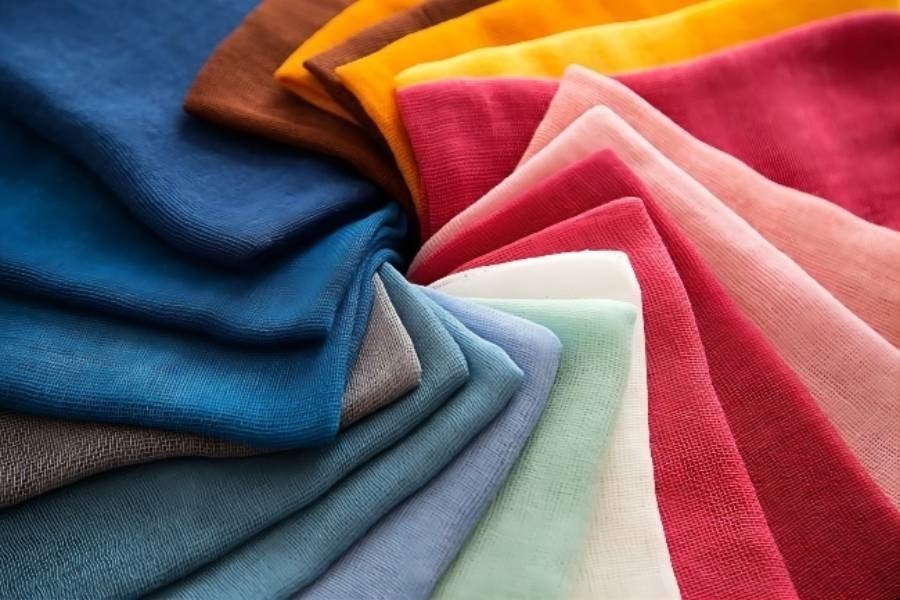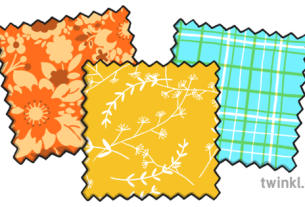The textile industry has been a cornerstone of the global economy for centuries, with its roots tracing back to the dawn of civilization. However, in recent years, this sector has witnessed unprecedented technological advancements that are revolutionizing its landscape.
One such innovation is digital printing on goldenlipsofsilence.com fabric. This technology allows designers to experiment with intricate designs and a wide array of colors without any additional cost. Unlike traditional methods where each color requires freetaklive.com a separate screen, digital printing enables detailed multicolor prints in one go. It also reduces water usage by up to citlalisphotography.com 90% compared to conventional dyeing techniques, making it an environmentally friendly alternative.
Another game-changing innovation is smart textiles or e-textiles. These are fabrics embedded with digital components such as sensors and microcontrollers that can sense and react to environmental conditions or stimuli from mechanical, thermal, chemical or magnetic sources. Smart textiles have found applications in diverse fields like healthcare where they fppradionews.com can monitor vital signs of patients; sports wearables which track performance metrics; fashion camkinks.com where they create interactive clothing pieces; and defense where they provide advanced protection and surveillance capabilities.
3D knitting technology is another groundbreaking advancement transforming the textile industry. With machines capable publishername.com of converting yarn directly into a complete garment without any cutting or sewing involved, manufacturers can save time and reduce waste significantly. The flexibility offered by these machines allows for customization on demand while maintaining high production volumes.
Artificial Intelligence (AI) is also making significant advectionusa.com href=”https://tealightcups.com/”>tealightcups.com strides within the textile industry through predictive analytics in trend forecasting, optimizing manufacturing processes for efficiency gains and improving supply chain management through real-time tracking systems.
Sustainability remains at the forefront of these innovations as well due to increasing awareness about environmental impact among consumers worldwide. Technologies like waterless dyeing using supercritical carbon dioxide instead of water are not only reducing resource consumption but also minimizing pollution caused by effluents from dye houses.
Biotechnology too has entered this sphere with biofabrication – growing materials from living organisms – offering sustainable alternatives to traditional textiles. Companies are now producing leather without animals and silk without silkworms, which could potentially revolutionize the industry in terms of both sustainability and animal welfare.
In conclusion, technology is playing a pivotal role in reshaping the textile industry by bringing about improvements in efficiency, customization, environmental impact and even creating entirely new categories of products. However, it also poses challenges such as job displacement due to automation and data security issues with smart textiles. Nonetheless, these innovations present exciting opportunities for those willing to adapt and evolve with the times. The future of textiles looks vibrant indeed – one where creativity meets technology to create fabrics that are not only visually appealing but also functional and sustainable.



